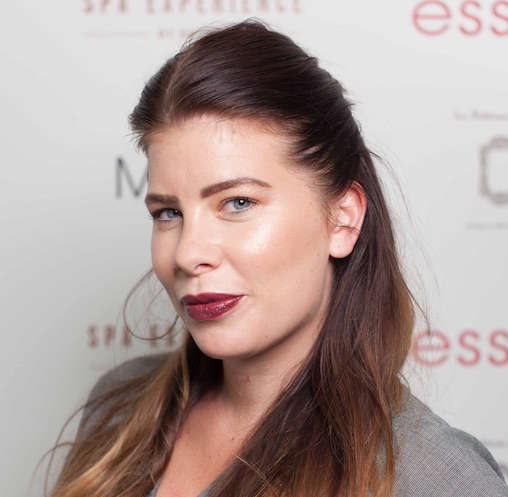Body-shaming debate: is your spa’s marketing imagery losing you clients?

The body positivity movement, which preaches health and happiness at any age, size and ethnicity, is a brilliant movement that teaches people how to accept who they are. However, as an industry, I can’t help but wonder whether the images that line our spa walls and feature in our marketing has had a part to play, subconsciously, in people feeling negatively about their body?
Other than visiting the beach or going for a swim, spas are the only other time clients get into a swimsuit in public and for a lot of women (and men) it’s a big thing. So, when already feeling body-conscious, do our marketing images, which usually come from stock photo agencies and the product houses we stock (which tend to use traditional models – Caucasian, blonde hair, slim), contribute to a feeling of not quite belonging?
You can see how clients would think they need to put a filter on their spa snaps, showing an enhanced version of themselves, because they’re surrounded by photoshopped images in all walks of life. It’s a really dangerous mindset to become the norm and it’s pushing people into unrealistic expectations.
I think it’s our responsibility to hammer home the message that there’s no perception about how people should look when in the spa environment. The most simple way we can be more inclusive is to promote the diversity of our clientele, showcasing different ethnicities, ages and genders in our marketing. I mean, a 50-year-old, size 16 black woman is just as inspirational as a 25-year-old, size eight white woman.
Getting your images right
Unfortunately, some spas fail to mirror the DNA of their clientele and as a result end up eliminating certain groups, which inevitably affects their income. For example, if your business is based in a predominately Asian area then you need some models in your images that reflect that demographic. It’s about widening the net and being relatable.
It’s also about thinking more carefully when downloading and/or shooting photos, opting for less clichéd images to use on your website, newsletters and social media. A photo of a client in a robe chilling in a relaxation space will be better suited to deliver the message about the physical and mental health benefits of spa rather than a super-toned woman in a bikini diving into a pool – where all the customer sees is somebody with a great body.
The aspiration should be your client wanting to be the person in the photo grabbing that much needed me-time. The wording that accompanies your imagery is just as important, too. Your messaging should link back to the health benefits of visiting a spa – a focus on how the treatment can make the client feel rather than how it can make them look. This is the best way to encourage return custom.
Before-and-after pictures are a good way of demonstrating your services in an authentic way, however, I’d advise showing more realistic treatment outcomes to gain better customer trust.
For example, in your next before-and-after social post share the difference in a client’s skin after one and six treatments, instead of just one, to show skin health is a journey. Don’t be afraid to snap results on acne-prone skin or clients with deep-set wrinkles either as people relate to realness.
 Melissa Evans is national spa and fitness class manager for Spa Experience by Better, a day spa chain which has nine sites in the UK. The company recently launched a body positivity campaign promoting its facilities using real spa clients instead of models.
Melissa Evans is national spa and fitness class manager for Spa Experience by Better, a day spa chain which has nine sites in the UK. The company recently launched a body positivity campaign promoting its facilities using real spa clients instead of models.


